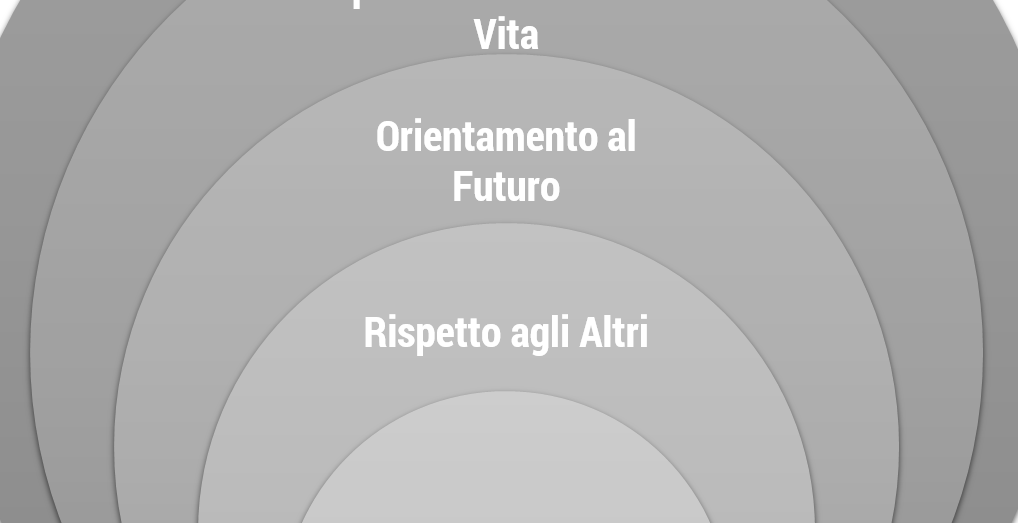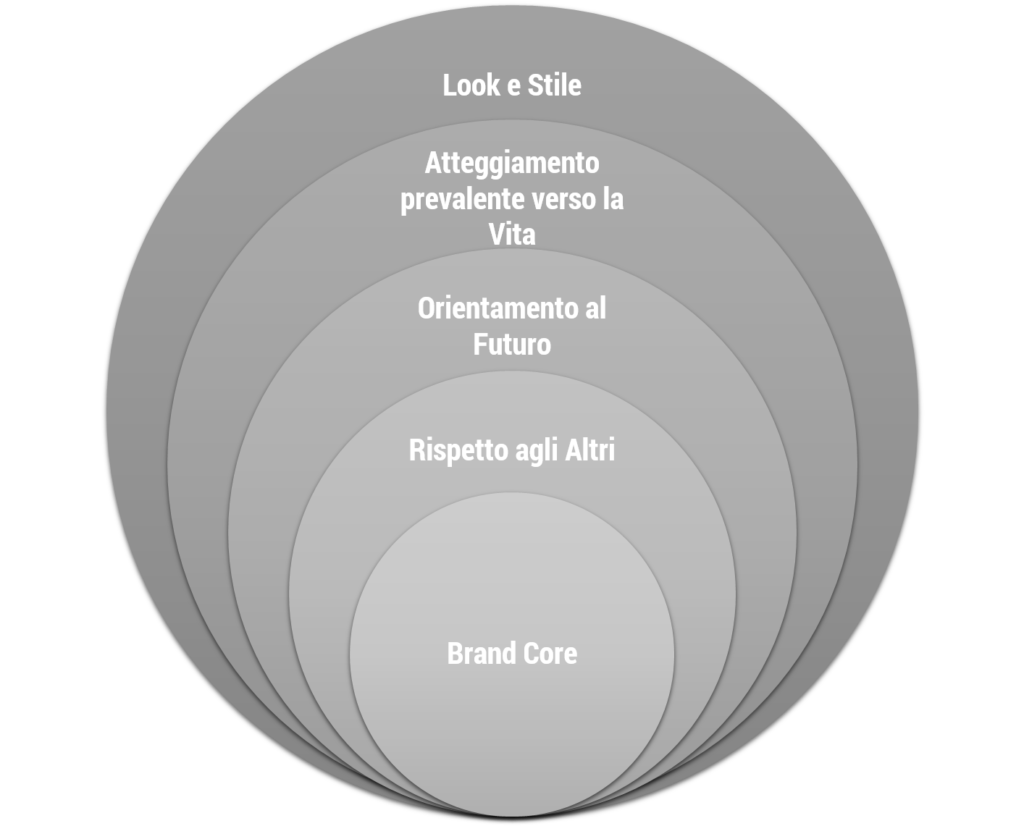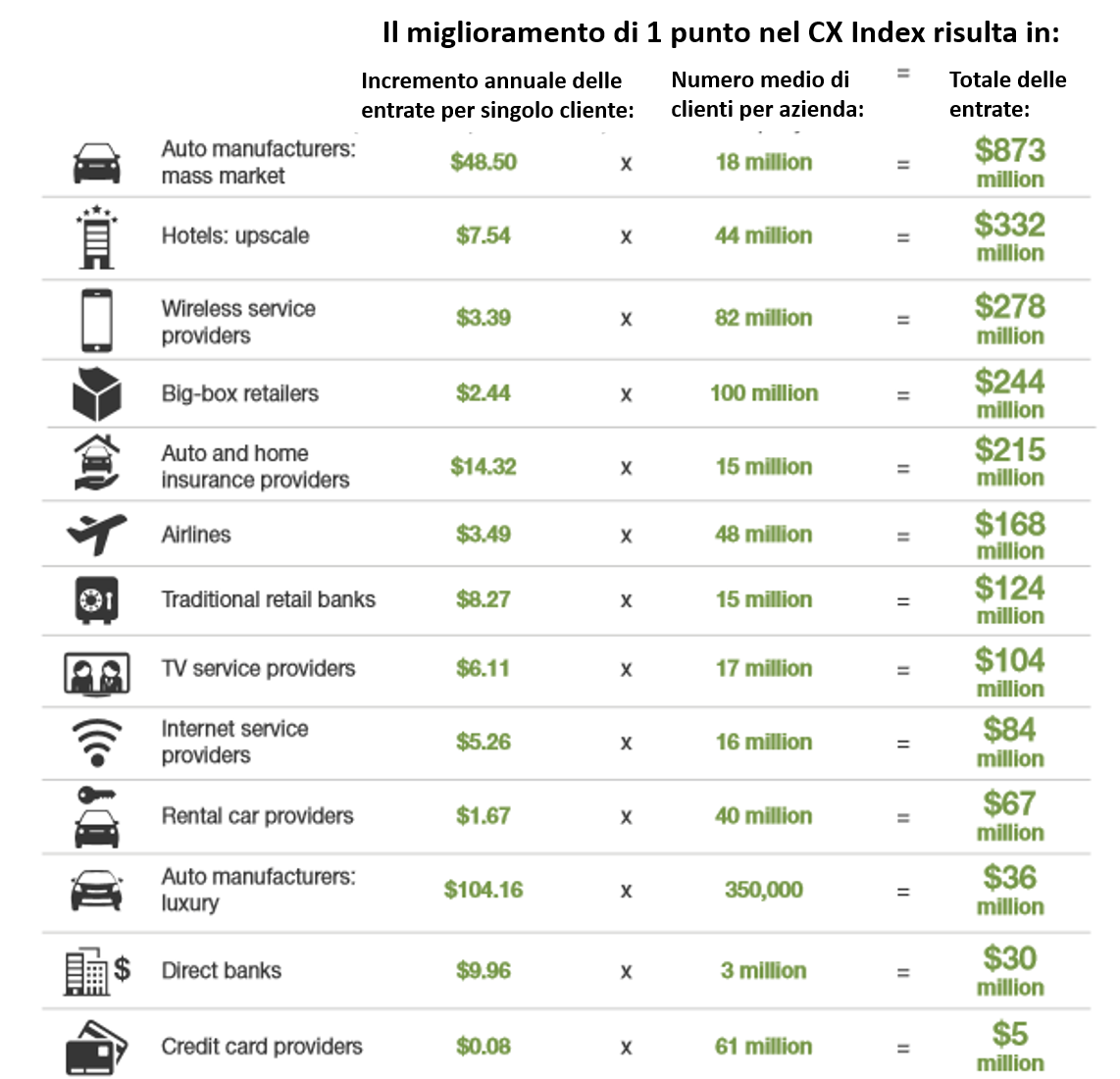SI CRESCE PER ENTUSIASMO /8
WorkER 2019
Conclusioni di Mario Sala al meeting WorkER dopo le testimonianze di tutti gli imprenditori (clicca qui) su ciò che entusiasma loro quando sono nella veste di clienti.
Dalle testimonianze ascoltate e dai messaggi Whatsapp arrivati nel corso di esse possiamo desumere 3 evidenze.
1° evidenza: l’imprenditore vincente di oggi è davvero un “imprenditore-cliente”
I fattori di entusiasmo che ci colpiscono, quando noi stessi siamo “clienti” una volta descritta non genericamente (cosa non facile) l’esperienza entusiasmante e le sue ragioni, mostrano con potenza pregnante quali – fra essi – vorremmo caratterizzassero anche l’esperienza del cliente della “nostra” azienda. L’imprenditore vincente oggi è quello che – in azienda – diventa il rappresentante più autorevole dell’esperienza che vive il cliente.
2° evidenza: la piramide della Customer Experience
È davvero di aiuto, per ordinare i fattori dell’entusiasmo, il modello della Piramide della Customer Experience proposto da Bodine e Manning. Infatti, i fattori dell’entusiasmo possono essere ricondotti a questi tre livelli: quanto la nostra offerta soddisfa il bisogno/desiderio del cliente? E quanto è facile – per il cliente- relazionarsi con noi e trovare, conoscere, utilizzare la nostra offerta e ricevere assistenza? E tutto questo … è anche piacevole? Questi “livelli” sono potenti indicatori della direzione che alla nostra azienda serve prendere.
3° evidenza: l’etimologia della parola entusiasmo
Etimologicamente, dal greco, entusiasmo significa “Dio in te”. Solo Dio infatti sa corrispondere all’attesa profonda dell’uomo che viene sempre lanciata e rilanciata da chi e da ciò che, appunto, ci entusiasma. Ma se si cerca di avanzare e scoprire il “messaggio ulteriore” che ciò che ci entusiasma sempre porta con sé, scopriamo che sono davvero poche e pregnantissime le ragioni dell’entusiasmo e che convivono con le esigenze fondamentali dell’uomo stesso di tutti i tempi. Nella testimonianza che abbiamo ascoltato, per esempio, il desiderare di vivere per sempre, gli affetti che ci costituiscono, la bellezza che ci ricrea, l’aiuto a vivere facendo meno fatica …
In concreto, allora, che fare? 5 “cose”!
1- Qual è la vostra promessa al cliente?
Qual è la “mattonella”, il “metro quadrato” nel quale siete o volete davvero diventare tra i migliori al mondo? Il cliente ritiene credibile chi mostra che sta studiando per diventare numero uno al mondo anche per un solo aspetto specifico e particolare della propria offerta. Fate questa promessa al cliente e lavorate sodo per realizzarla e mantenerla!
2- Ci vuole un metodo!
L’entusiasmo senza metodo è evanescente, il metodo senza entusiasmo è stucchevole e si complica presto generando costi! I fattori che fondano questo metodo sono:
- La promessa e lo studio dei fattori che entusiasmano i nostri fan
- Ogni parte della tua organizzazione influenza (in bene o in male) l’esperienza del cliente: coinvolgi il tuo ecosistema
- Seleziona le occasioni strategiche di relazione che il cliente vive con il tuo prodotto, il tuo servizio, l’atmosfera che sai creare e in quelle fai vivere la promessa in modo speciale
3- L’entusiasmo del cliente è determinato dall’entusiasmo delle persone dell’azienda che -come un’onda- lo raggiunge
Le persone che lavorano con te sono felici di lavorare per lo scopo della tua impresa? Lo conoscono davvero lo scopo autentico? Sono entusiaste del vostro prodotto, del vostro servizio, delle idee e dei progetti che nascono ogni giorno?
4- Ricorda i paradigmi del moderno cliente metropolitano
Tutti noi – e quindi anche i tuoi clienti – comprano certamente grazie all’entusiasmo che sai suscitare con la tua offerta, ma sempre all’interno di questi 4 “driver” che sono ormai diventati “requisiti”:
- Velocità
- Qualità
- Novità
- Libertà di scelta
E questo vale sia che si vendano parti di satellite che risotti!
5.- Per entusiasmare occorre ispirarsi!
Notizie, esempi, osservazioni, testi scritti e… testi viventi ovvero relazioni di qualità con altri imprenditori.
Stay tuned!
2- Continua

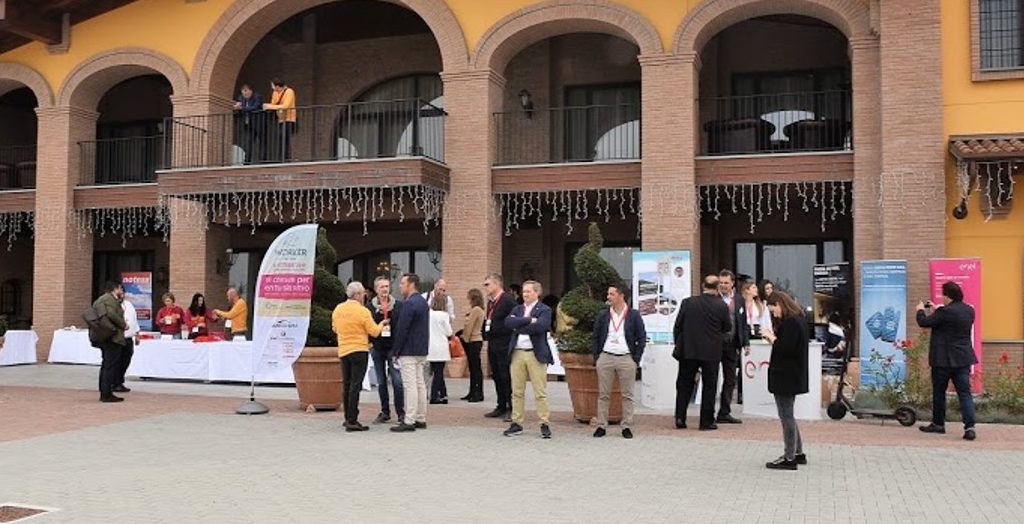












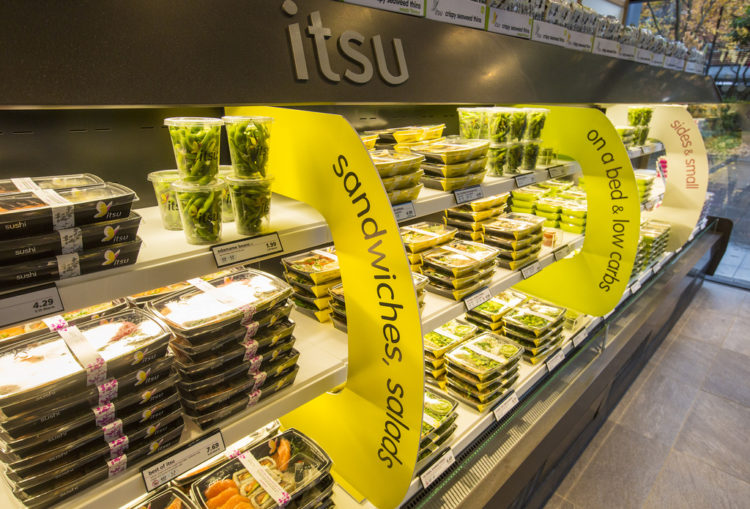 To draw a comparison, we can imagine that these realities have the shoulders, muscles and breath of a Fast Food. They are fast, efficient, tidy and offer a simple, informal and affordable (economic) experience to their customers. At the same time, they were able to respond to the demands and quality requirements of the modern consumer who lives in the metropolis. Starting from Pret a Manger, which has been the pioneer of this new proposal, the brands we mentioned have focused their investments on an offer made of these elements:
To draw a comparison, we can imagine that these realities have the shoulders, muscles and breath of a Fast Food. They are fast, efficient, tidy and offer a simple, informal and affordable (economic) experience to their customers. At the same time, they were able to respond to the demands and quality requirements of the modern consumer who lives in the metropolis. Starting from Pret a Manger, which has been the pioneer of this new proposal, the brands we mentioned have focused their investments on an offer made of these elements:
 1ST OBJECTION: PROMOTERS ARE ALREADY CONQUERED. INSTEAD, PASSIVE AND DETRACTOR MUST BE CONQUERED!
1ST OBJECTION: PROMOTERS ARE ALREADY CONQUERED. INSTEAD, PASSIVE AND DETRACTOR MUST BE CONQUERED! 2ND OBJECTION: PROMOTERS ARE FANS OF THE BRAND AND THEY JUST COMPLIMENT US. WE HAVE TO LISTEN PARTICULARLY TO PASSIVES AND DETRACTORS TO UNDERSTAND WHERE WE HAVE TO IMPROVE.
2ND OBJECTION: PROMOTERS ARE FANS OF THE BRAND AND THEY JUST COMPLIMENT US. WE HAVE TO LISTEN PARTICULARLY TO PASSIVES AND DETRACTORS TO UNDERSTAND WHERE WE HAVE TO IMPROVE. 3ED OBJECTION: IS IT REALLY WORTH IT? HOW MANY CUSTOMERS DO PROMOTERS BRING WITH THEIR WORD-OF-MOUTH?
3ED OBJECTION: IS IT REALLY WORTH IT? HOW MANY CUSTOMERS DO PROMOTERS BRING WITH THEIR WORD-OF-MOUTH?